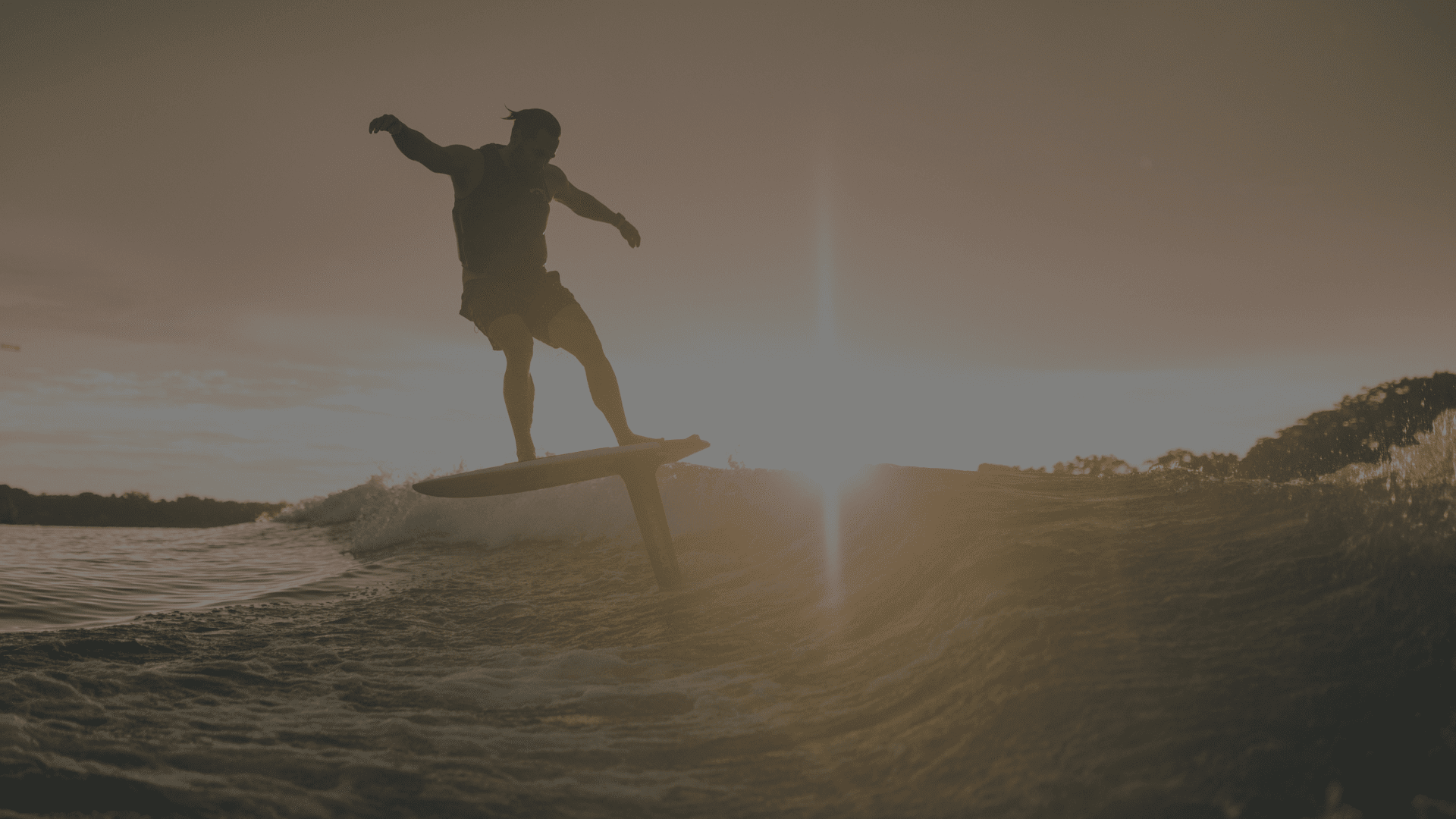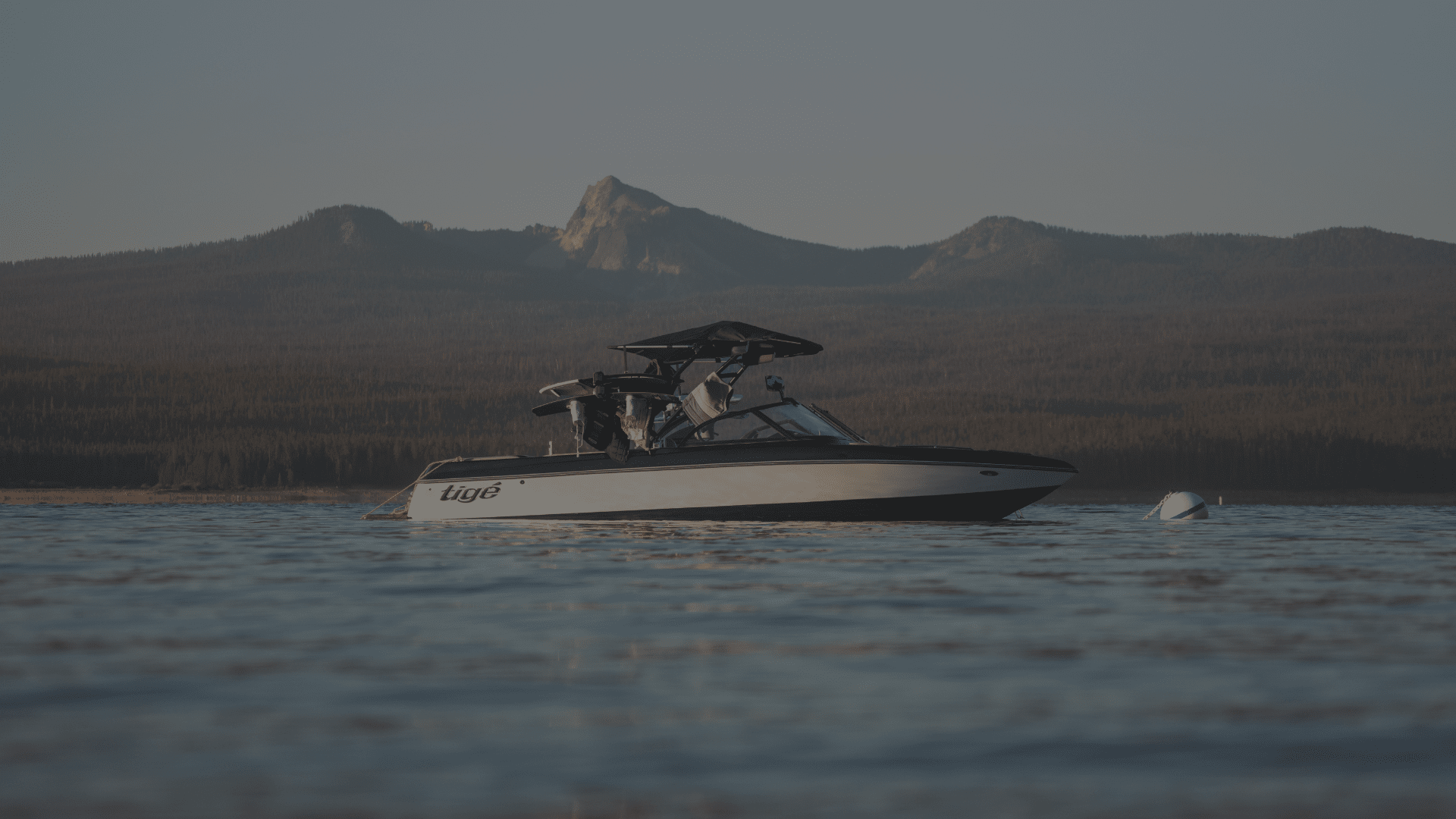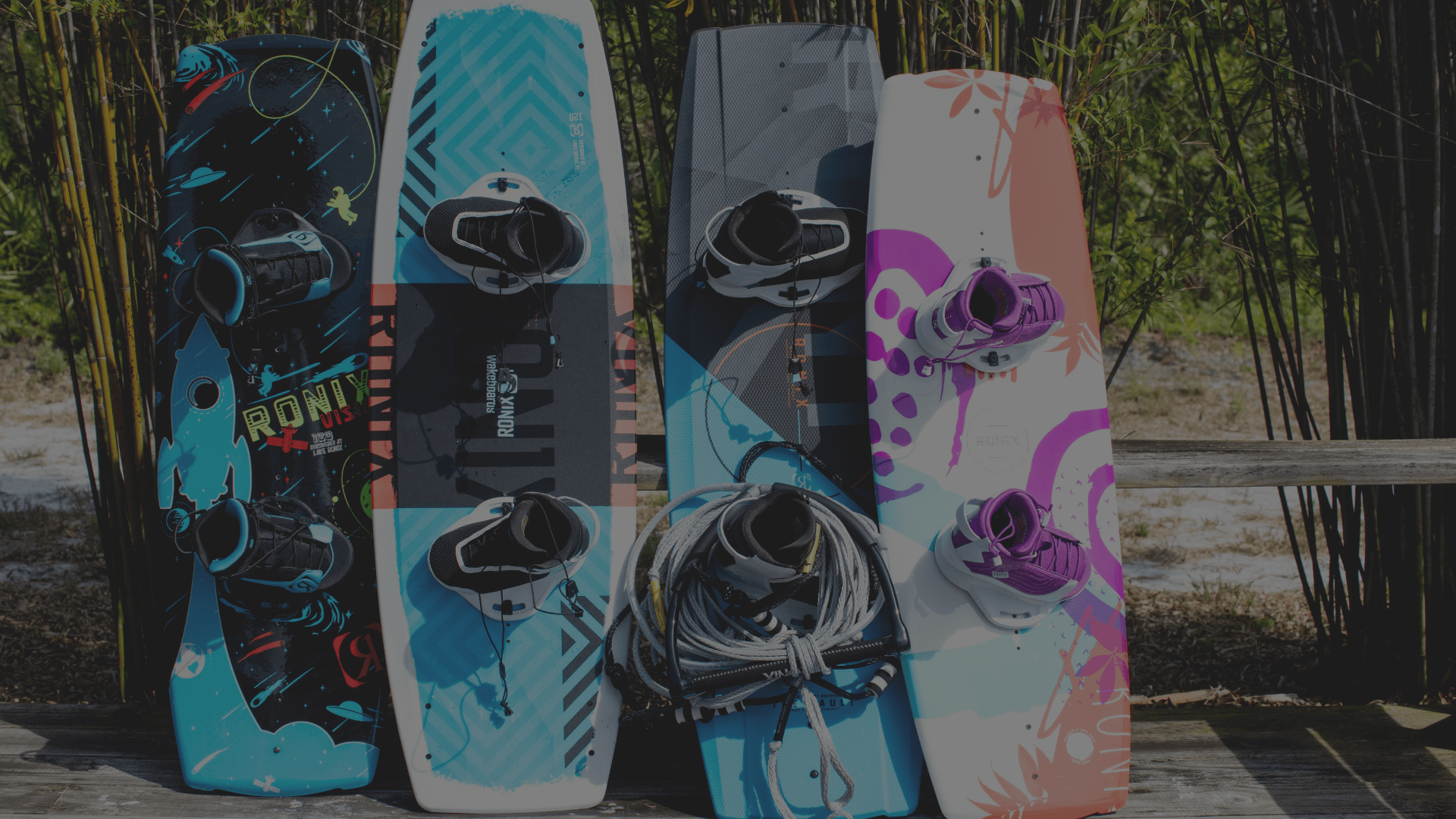
Types of Boat Ballast
For boat owners, weight and balance are important factors for a fun day on the lake. Or as we like to say, only a few letters separate "ballast" and "blast!" With multiple ballast products available, different locations for weighting your boat based on your sport, it can be a lot to search through when you’re trying to choose the best ballast weight solution for your craft. Buying weighting and balancing materials for your boat is an investment, which is why we want to provide you with all the information needed to help make the right decision. In this post, we'll discuss what makes lead ballast and water ballast unique, as well as their respective benefits so that you can make a well-informed purchase that meets your needs.
What is Lead Ballast?
While solid ballast weight is commonly referred to as lead ballast or lead weight, ballast brands don't actually use true lead in their solutions. Instead they use steel shot remnant, steel scrap, or small steel pellets.
So while steel is much more dense than water, it's not as dense as actual lead. In fact, if one were to use lead, it would occupy nearly half as much space by volume compared to steel shot. That's why we prefer to make the distinction of “solid ballast", meaning not water-based, not liquid, but a solid as that covers any type of solid ballast application, whether that's steel shot, concrete, sand or rocks.
Lead Ballast vs. Water Ballast
The primary consideration when it comes to utilizing solid ballast as opposed to water ballast is that no matter what happens, you've got that solid ballast with you and you're not getting rid of it. Whether it's a day on the water, trailering your boat to and from the lake or lifting the boat up on your boat lift, water ballast gives you the ability to quickly and easily drain the ballast and just like that, it's gone. You don't have to suffer the consequences of carrying the ballast around with you everywhere. So you have it when you need it and you don't have it when you don't need it. This makes water-based ballast the overwhelmingly favorite option in the majority of scenarios when you need a lot of weight and you have the space for it.
That's not to say there aren't scenarios or applications where solid ballast makes sense. For example, if you need a significant amount of weight in a relatively small volume of space like up in the bow of the boat to move the center of gravity forward solid ballast can be a great choice. Or maybe you need some extra weight on the port side of the boat to offset prop rotation or the weight of the driver, who is always going to be on the starboard side of the boat. The density of solid ballast means you can get the amount of weight you need without occupying a significant amount of space within the boat, which makes solid ballast a great option to consider.
Issues with Lead Ballast
Special caveats around using solid ballast exist as previously mentioned when it comes to trailering and putting your boat on the lift. For example, if you were to add 300 pounds of weight to the bow of your boat to move the center of gravity forward, it's very easy to exceed the rated capacity of your tow vehicle's hitch because effectively all of that weight is picked up by the tongue of the trailer and none of it is transferred to the axles of the trailer. That means best case you're transferring weight back and forth from the bow of the boat to the middle of the boat every time you trailer. And worst case, you'll have a significant safety issue on your hands if the tow vehicle is overloaded.
Similarly, solid ballast can pose a problem when dealing with your boat lift. So even if you don't trailer your boat, it's still something to be aware of. Many older lifts weren't built for today's modern wake and surf boats as the weight of the boat itself has doubled in the last decade. That means you might be up against the limit of your boat lift without any additional ballast onboard. Add another 500-1,000 pounds of solid ballast that's always there and you're going to have significant issues with your lift's capacity. We've seen many lifts fail as a result of this and it's not a pretty sight.

When does solid ballast make sense?
Steel shot based ballast can be a great tool when used appropriately. Our soft recommended limit is typically 300 to maybe 500 pounds at the high end. Anything over that, you probably should be looking at water based ballast to pick up the majority of the weight that you need and then rely on the solid ballast as a supplement. It's great to have a few 25lb and 50lb bags on-hand to help dial in your wake as needed.
Hopefully that explains some of the pros and cons of solid or lead ballast versus water based ballast. If you have any additional questions, feel free to reach out by phone at (888) 338-6085, by email to the support@wakemakers.com, or leave a comment below and a product advisor will be happy to talk you through it.




Post Comments
0 Item(s)